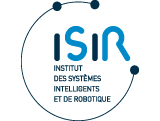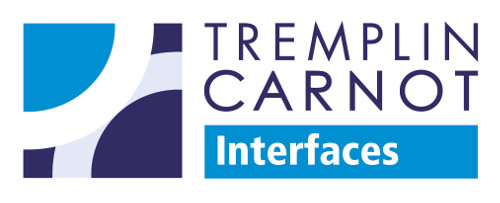SYROCO
Autonomous sailboat

Autonomous sailboats are an attractive solution for long-term monitoring missions in the oceans thanks to their very low energy consumption. However, the control of an autonomous sailboat is challenging since the thrust force depends on the uncontrollable and partly unpredictable nature of the wind. Moreover, such vehicles exhibit complex behavior due to aero- and hydrodynamic properties of their sails and hull. One way to cope with the nonlinearities of this class of vehicle is to control the motions by using a layered control architecture.
 At the highest level, an offline planner computes a set of waypoints {Wp} using conventional planning algorithms and cost functions based on the speed polar diagram of the sailboat and on a predicted wind map.
At the highest level, an offline planner computes a set of waypoints {Wp} using conventional planning algorithms and cost functions based on the speed polar diagram of the sailboat and on a predicted wind map.
At mid-level, we use a planning algorithm based on the potential field method. By considering the sailboat's no-go navigation zones as virtual moving obstacles, this algorithm computes an heading reference in real time, taking into account the real wind measured by on-board sensors.
At the lowest level, we use a nonlinear control law to compute the rudder angle and steer the vehicle toward the desired way-point. Another part of this level is responsible for calculating the optimum sail angle to maximize the propulsion force at each time-instant. Both parts are based on a 6DOF dynamic model of the sailboat.
These works are described in the following articles:








